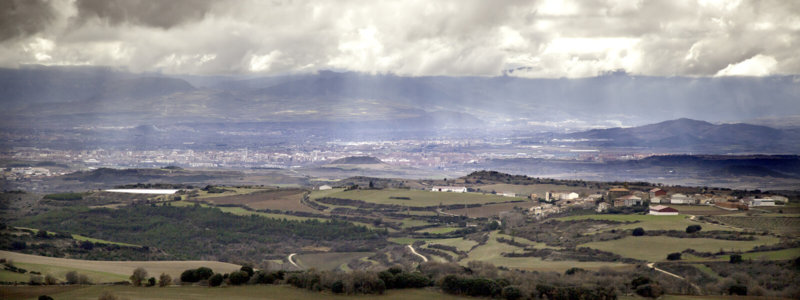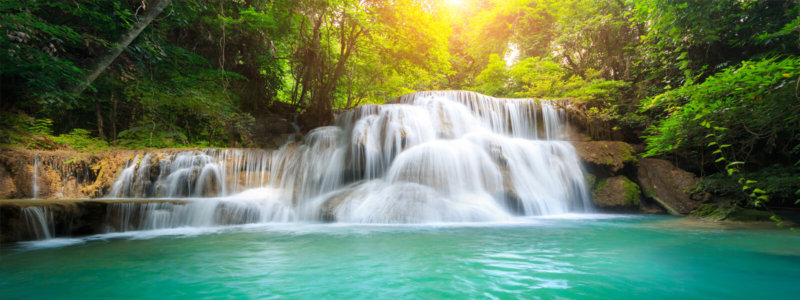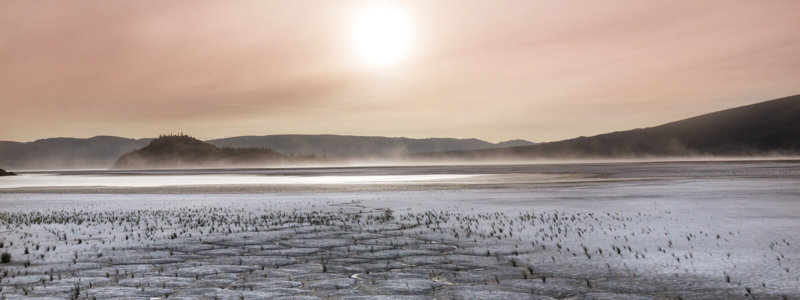Can Altitude Sickness Be Prevented?
Why Does Altitude Sickness Happen?
Altitude sickness happens when being at a high altitude, where oxygen levels are low, and you do not gradually get used to the increase in altitude. It also goes by other names, such as acute mountain sickness (AMS), altitude illness, hypobaropathy, Acosta disease, puna, and soroche. The altitude sickness occurs at altitudes higher than 8,000 feet (ft), or 2,500 meters (m). Ski resorts at 8,000 feet or higher pose a severe challenge to novice skiers because of their altitude.
Fast facts on altitude sickness
- At higher elevations, the number of oxygen molecules per breath decreases.
- Rising to a high altitude without acclimatizing can cause fluid to build up in the lungs and brain.
- Symptoms of altitude sickness include weakness, sleepiness, and lack of appetite.
- The main causes are climbing to a great height too quickly or staying at that height for too long.
- There are a number of treatments for altitude sickness, but the individual should first slowly descend.
Fast facts on altitude sickness
- At higher elevations, the number of oxygen molecules per breath decreases.
- Rising to a high altitude without acclimatizing can cause fluid to build up in the lungs and brain.
- Symptoms of altitude sickness include weakness, sleepiness, and lack of appetite.
- The main causes are climbing to a great height too quickly or staying at that height for too long.
- There are a number of treatments for altitude sickness, but the individual should first slowly descend.
— Source: MedicalNewsToday.com
Oxygen Bars at ski resorts have become quite popular in recent years. The additional oxygen can temporarily relieve the symptoms of oxygen sickness.
“About 40 percent of travelers who visit Aspen get altitude sickness,” says Irisha Steele, spa director at the Rèmede Spa at The St. Regis Aspen Resort. The hotel’s own oxygen room, which hooks guests up for a little air, has been wildly popular: “We had 10,000 guests use the oxygen room last year… and that’s not including people doing spa services.”
“About 40 percent of travelers who visit Aspen get altitude sickness,” says Irisha Steele, spa director at the Rèmede Spa at The St. Regis Aspen Resort. The hotel’s own oxygen room, which hooks guests up for a little air, has been wildly popular: “We had 10,000 guests use the oxygen room last year… and that’s not including people doing spa services.”
— Source: CNTraveler.com
Spring is here!
As you start planning your summer adventures to higher altitudes or get outside for more vigorous exercise in the nice weather, don’t forget to add some Oxygen! Many of us are training for that 5K or 10K fun run to test ourselves and ensure we are ready. Here are some tips for high altitude acclimation:
Arrive early If you’re flying or driving into an area with a higher elevation than where you live, plan a few buffer days before your hike to give your body time to adjust.
Drink up Dehydration is a very real danger even on regular hikes, so it’s especially important to stay well-watered at higher elevations where the drier climate means your body requires more water than usual.
Slow your row Just like you wouldn’t start a marathon out by running at full speed, a high-elevation hike requires some pacing.
Protect yourself When you hike at higher elevations, you’re actually closer to the sun, meaning you’ll need to slather on sunscreen with at least a 35 SPF rating.
Ditch the buzz Caffeine and alcohol can have a greater effect on your body when you’re at a higher elevation, so limit your consumption of both before your hike.
Arrive early If you’re flying or driving into an area with a higher elevation than where you live, plan a few buffer days before your hike to give your body time to adjust.
Drink up Dehydration is a very real danger even on regular hikes, so it’s especially important to stay well-watered at higher elevations where the drier climate means your body requires more water than usual.
Slow your row Just like you wouldn’t start a marathon out by running at full speed, a high-elevation hike requires some pacing.
Protect yourself When you hike at higher elevations, you’re actually closer to the sun, meaning you’ll need to slather on sunscreen with at least a 35 SPF rating.
Ditch the buzz Caffeine and alcohol can have a greater effect on your body when you’re at a higher elevation, so limit your consumption of both before your hike.
— Source: AdventureSportsNetwork.com
Traveling For The Holidays?
If you plan on hitting the slopes this holiday season, bring along OxygenSuperCharger™! Not only will it temporarily help with the effects of altitude sickness, but it will also increase energy. If you live at elevation and have family and friends visiting, they will thank you for having OxygenSuperCharger™ for them.
Recreational Oxygen – High Altitude Hiking
Ultimately, you will want to take the time to acclimate your body to a lower oxygen, higher elevation environment. Make sure you research the signs of severe altitude sickness, as the best solution for those is to go to a lower elevation. Recreational oxygen supplementation can help you transition to higher elevations. Always consult a medical professional for medical advice for your particular situation.

-
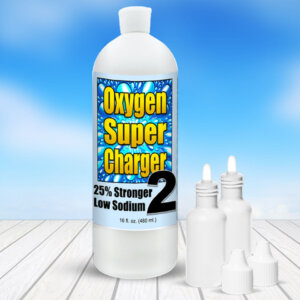
Ultra Strength OxygenSuperCharger2, 25% Stronger, 16–Ounce Bottle
$119.97 Add to cart -
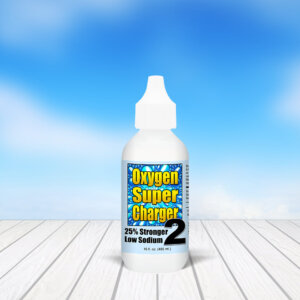
Ultra Strength OxygenSuperCharger2, 25% Stronger, 2–Ounce (Sample Size)
$35.97 Add to cart -
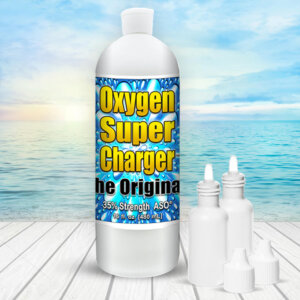
Original 35% Strength OxygenSuperCharger, 16–Ounce Bottle
$96.97 Add to cart -
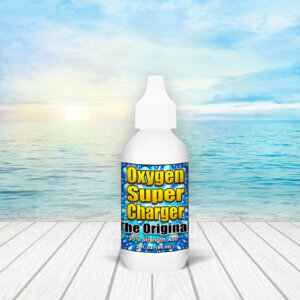
Original 35% Strength OxygenSuperCharger, 2–Ounce (Sample Size)
$27.97 Add to cart -

MineralSuperCharger, Premium Multi-Mineral Supplement, 32-Ounce Quart
$98.97 Add to cart -
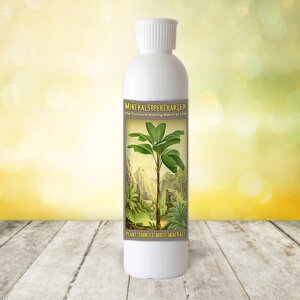
MineralSuperCharger, Premium Multi-Mineral Supplement, 8-Ounce (Sample Size)
$29.97 Add to cart -
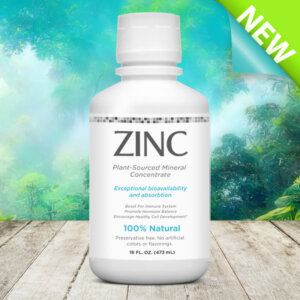
Zinc – Plant-Sourced Mineral Concentrate, 16-ounce
$24.97 Add to cart -
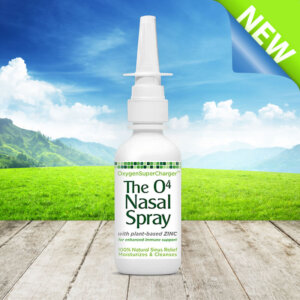
O4 Nasal Spray with Zinc
$14.97 Add to cart

